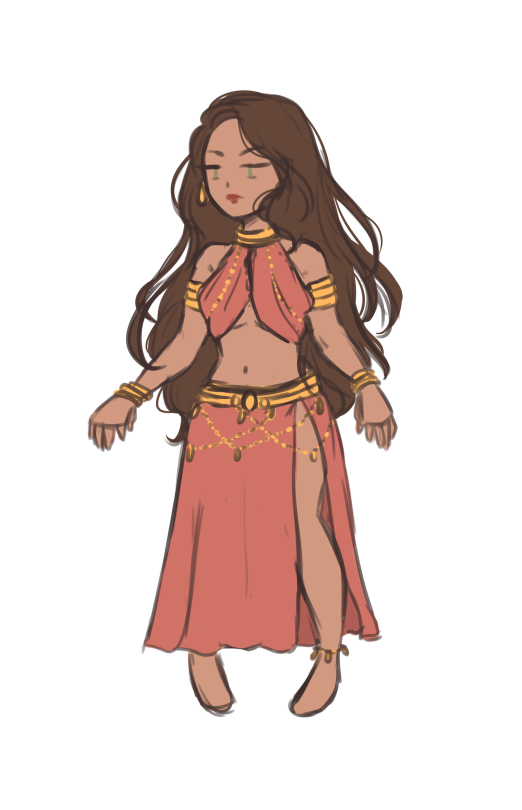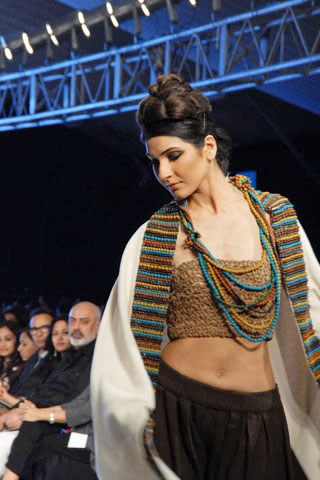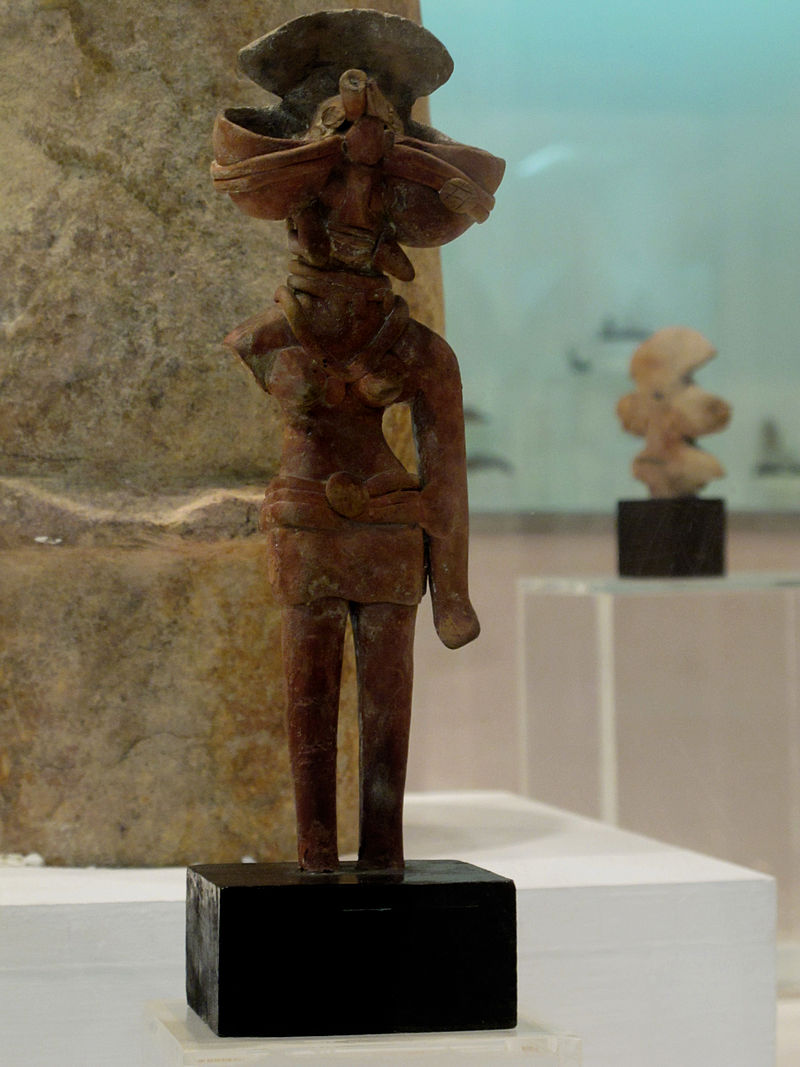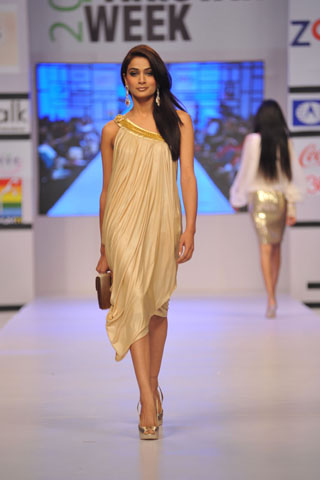This is some poor quality research
i think this drawing/painting is based on this statue
try reading the details
Astonishingly ornate this terracotta figurine represents a female divinity now unanimously identified as the Mother Goddess, perhaps a votive image maybe, people's reverence for the real birth-giving mother, or for the earth for all her bounties, was in the root of worshipping a deity who was primarily the 'mother' and a female in general. Otherwise also, the cult of female-worship, coupled with the fertility cult, seems to have been deep rooted in India's soil itself. The recovery of a large number of Mother Goddess figurines almost from every excavated site suggests that the Mother Goddess worship cult was very wide-spread during Indus days. The figurine has been cast with an elaborate headgear supported by a pair of bands and a brooch,
tight-fitted short tunic with skirt part fastened with a broad waist-band using a medallion like clasp, and
tight-fitted trousers, necklaces, ear-ornaments...
This large size figurine from Mohenjo-Daro is an excellent example of the technical maturity that Harappan artisans had acquired in clay modeling and baking. The coating of thick red slip seems to have been applied not to just add lustre or finish but perhaps also for protecting its surface from erosion. The fan-shaped headdress is like a large pannier cup, which hung on either side might have been conceived like oil-lamps or incense-trays, though with no marks of soot, it seems, it was not used as one. The figure of the Mother Goddess has been adorned with two necklaces smaller one has a set of four cylindrical pendants, while the longer one hangs between the breasts. The eyes have been conceived with two round pellets of clay, and the nose as pinched.
http://nationalmuseumindia.gov.in/prodCollections.asp?pid=34&id=1&lk=dp1
























